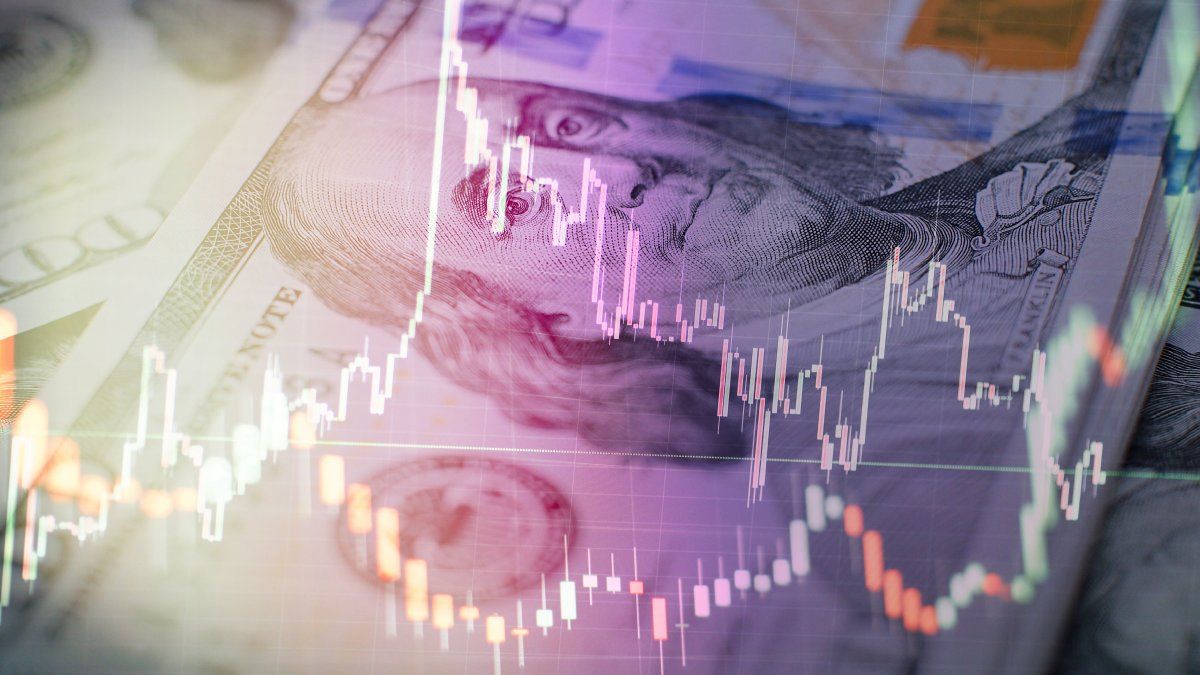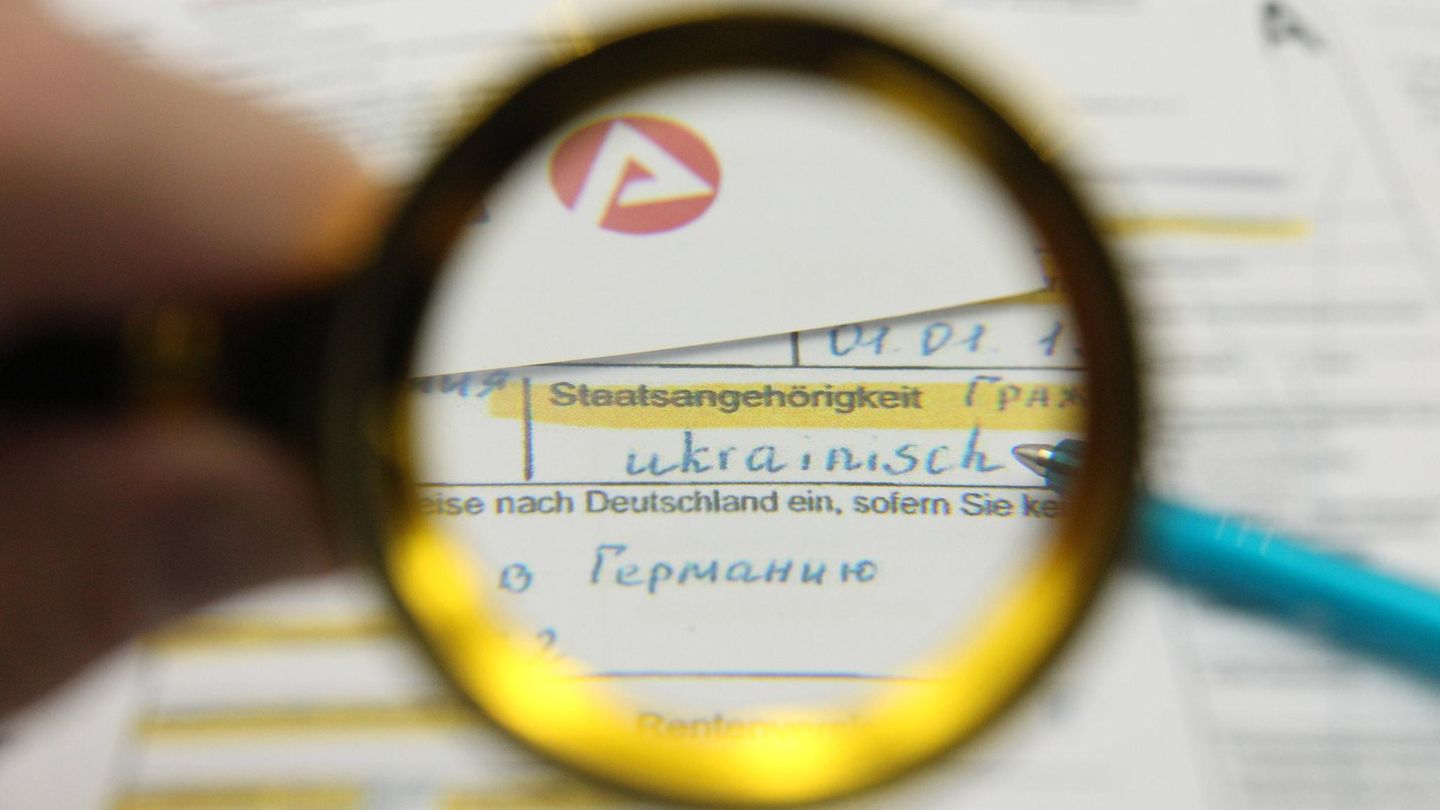The Central Bank (BCRA) surprised with a new rate cut reference interest rate of another 10 points, at 50% nominal annual rate. The second consecutive cut in a week (the reserve for remunerated accounts of the FCI also increased). Good to continue liquefying and purifying the balance sheet of the monetary entity but leaving doubts about the monthly devaluation rate.
In the meantime, many meetings were held between leaders of the financial market and the agro-export business with men from the Economy and the BCRA, such as Pazo, Furiase, and Iraeta, among others. According to participants in these meetings, the guests left with the vision of the official concern about the pace of foreign exchange settlement by exporters.
The low level of harvest settlement recorded in April, with some mitigating factors, such as rain and union force measures, was a sign. April, although it surpassed March with more than US$1.9 billion, was more than 20% lower than a year ago in the midst of “The Girl.” The good thing is that this year, unlike 2023, there is a harvest. The bad thing is that the BCRA needs to continue buying reserves, today it is still negative, in net terms. The official lowering of the line was obviously to induce the farmers to sell, so that the “cereal companies” could liquidate. But unlike the hell that De la Rúa faced, today prices are not as good but not yet as bad as in the early 2000s.
With these low prices and the official export exchange rate, producers will sell the bare minimum and make a silo-bag. That’s why the Government is worried. The curious thing is that in some meetings the private parties left with the idea that the blend dollar (80/20) would end in June as requested by the International Monetary Fund (IMF) but in others it continued. It is worth noting that this issue, among other things, is key to the exchange gap. And as a man from the export market made clear in one of those meetings, the gap is a thermometer of the sales rate of the producers who retain if the gap increases.
What everyone agrees on is that the Government will do everything possible to not devalue again with a discrete jump. That would be out of the toolbox host officials told them. Although the PAIS tax was also on the agenda of these meetings, the possibility of a decrease for intermediate inputs and fertilizers now that fine sowing is underway, it seems that there was no ceiling to expect a change in the short term. Some, deluded, even talked about reducing withholdings for the next campaign. Of The only thing that the officials and advisors wanted to hear was that the liquidation of the harvest was going to improve, the rest will be seen later. However, an experienced expert in the entire agro-export world warned them that most of the production is carried out in rented fields, therefore, a large part of the soybeans that are not being liquidated today are those that are precisely in the hands of of the one who rents the field and who sells throughout the year or speculates with financial instruments.
The City operators who listened to these stories did the math with the new interest rate and commented that the carry trade could still be, slightly, attractive, that is, the dollar rate was positive. For the BCRA, the new rate means saving more than $300,000 million in interest. Although one of the main market consultants pointed out that the model implemented today by the economic team requires that the BCRA’s remunerated monetary liabilities continue to grow, to sterilize foreign currency purchases, for example. But what ideas did you leave those meetings with? There will be no gross devaluation, the crawling peg of 2% continues, the peso will continue to appreciate and the stocks are here to stay for a while longer, there will be no tax reduction, and the blend dollar does not seem to end at the end of June and in July the wholesale dollar returns 100%. We’ll see who listened better, or if officials added to the general confusion.
Activity: no one risks falling floor and recovery
At the tables and in the zooms between investors and consultants Nobody risks, neither when the drop in the level of activity hits the floor nor when the recovery will come. Even the OECD projects a drop in GDP this year of more than 3%. There is also a lot of talk about a fearsome return to the ’70s, a great performance under the management of Martínez de Hoz and that could make Caputo’s economic team fall in love with him. We will expand. With its eyes on the Senate, rather on the provinces, the market does its math. Out of a total of 72 senators, there are 33 from UxP, so the ruling party needs the support of some Peronist governors. Meanwhile, The Government chooses to postpone the electricity, gas and fuel rates, apparently in order to achieve the monthly inflation figure. In this regard, an economist and advisor to mutual funds and banks commented that high-frequency inflation indicators showed that the pace of price growth slowed down very strongly in the last weeks of April, they even measured deflation, which makes that the statistical carryover for the May CPI is very low. Surely this and other private measurements encouraged the BCRA to lower the rate.
For now, the market now awaits the new issuance of Bopreal for companies with pending profits. But unlike importers, these new Bopreal claimants will not be able to access the CCL dollar for the difference between the sale price of the bonds and their face value to pay off 100% of the dividend debts. A consultant and former official closely linked to Mauri reminded clients in a zoom that importers who buy Bopreal do have the CCL enabled later without affecting their access to the official market to cancel their commercial debt, given that Bopreal is quoted below par. . It will be necessary to see if companies with pending dividends are willing to validate price levels or prefer to wait.
A manager told a colleague what the already sold HSBC – to Galicia – had earned globally in the first quarter of the year: almost US$11,000 million, and that within the range of changes it was learned that the CEO , Noel Quinn, leaves office so they are looking for a successor. In this regard, the investigation that the CNV initiated precisely against three companies of the Galicia Group (the bank, Galicia Securities and INVIU) for alleged manipulation of the price of the Dual Treasury bond (TDE25) in February, prior to a put exercise, made noise. by the bank.
devaluation pesos purchasing power inflation crisis.jpg
The BCRA measures continue to leave doubts in the market about the pace of monthly devaluation.
Roast and analysis of Latin American countries
At a barbecue, mostly of financial Cardinals, several of whom were at the IMF meetings and visited Wall Street afterwards, they commented that the vision they perceived of the Latin American region was characterized by: in the case of Brazil, the price levels of assets are now more attractive, but uncertainty about the monetary easing cycle increased; In the Mexican case the main issues are the elections and the central bank; For Argentina, the positive sentiment remains with disinflation and the accumulation of reserves; in Chile the increase in rates in the US questions the cuts in official interest rates; while in Colombia monetary and fiscal policies are advancing in opposite directions and in Peru the GDP shows an incipient recovery. Costa Rica, the Dominican Republic and Guatemala are bright spots when talking about growth.
But an increase in global volatility and an hawkish Federal Reserve weigh on Latin American currencies, so with central bank cuts, the appeal of carry fades. One of the main Wall Street banks was bearish in the Argentine case, in relation to the exchange rate. Although the great fiscal adjustment continues and progress is made with the opposition with structural reforms that favor growth, they expect that the official depreciation of the exchange rate will accelerate in June and that the start of the soybean harvest will support the peso. They see a dollar at $1,600 by the end of the year.
And like deja vu of the ’90s, the libertarian events continue. One that will make a lot of noise will be the CATO Institute with the Libertad y Progreso Foundation in the middle of the year at the Hilton where the conference “The rebirth of freedom in Argentina and beyond” will be given. Speakers will discuss the history and relevance of the classical liberalism and the importance of reform efforts for Argentina and the world. In addition to the CATO priests, Creole liberals and government officials will participate in the Nobel Prize. James Heckman (University of Chicago), Douglas Irwin (Dartmouth College), Jose Pinera, and others. The closing touch will be a dinner at the Puerto Madero Yacht Club, and obviously, President Milei
Source: Ambito
I am a 24-year-old writer and journalist who has been working in the news industry for the past two years. I write primarily about market news, so if you’re looking for insights into what’s going on in the stock market or economic indicators, you’ve come to the right place. I also dabble in writing articles on lifestyle trends and pop culture news.




